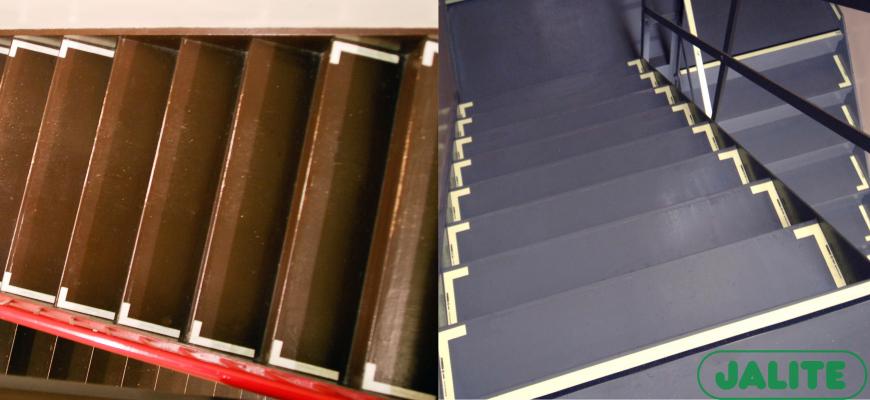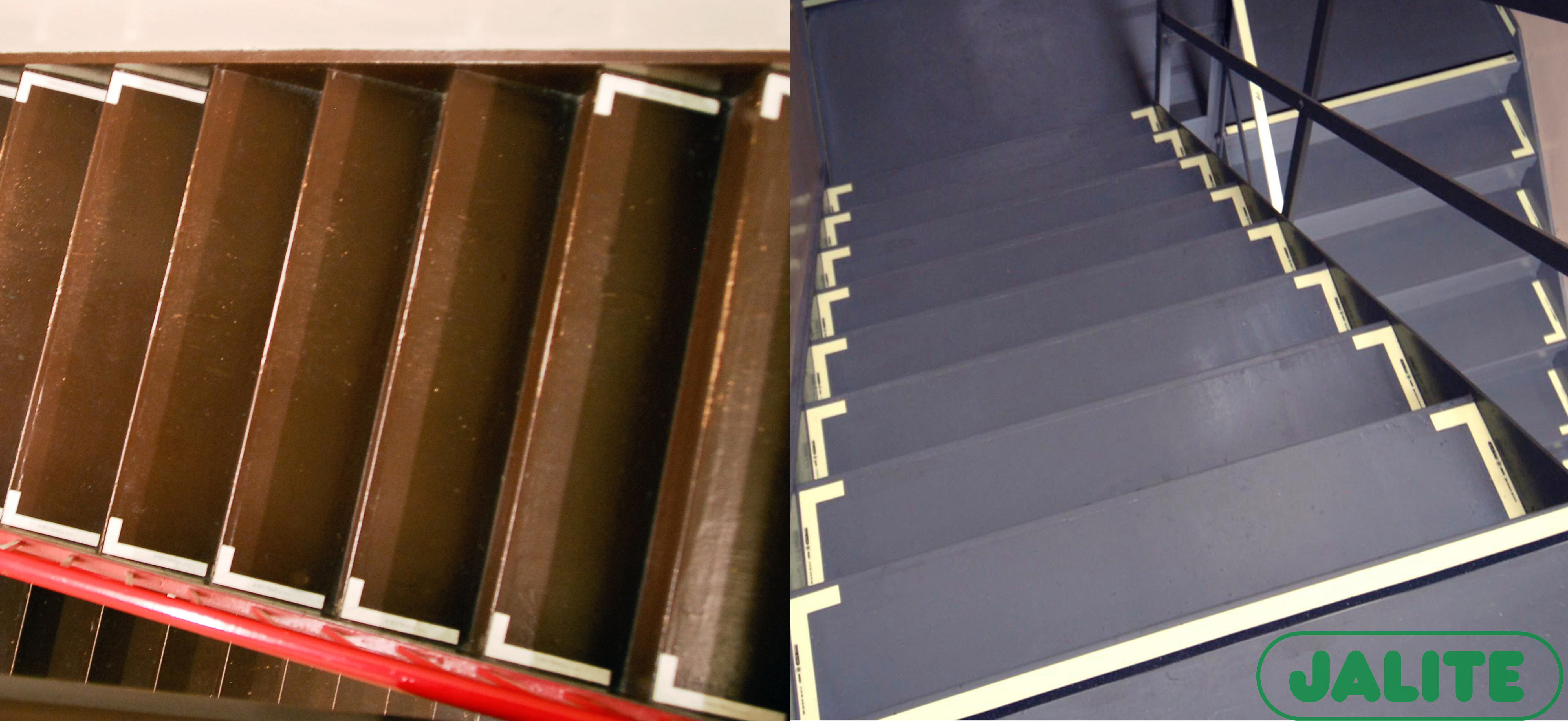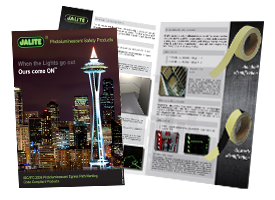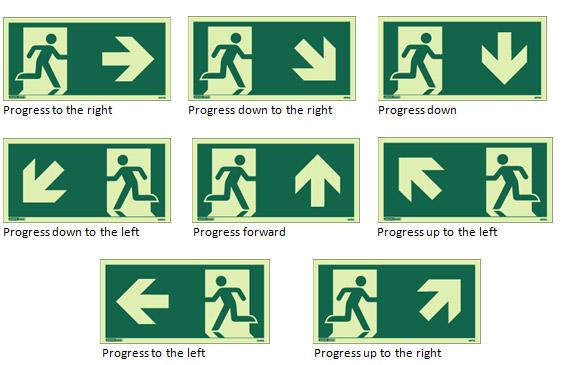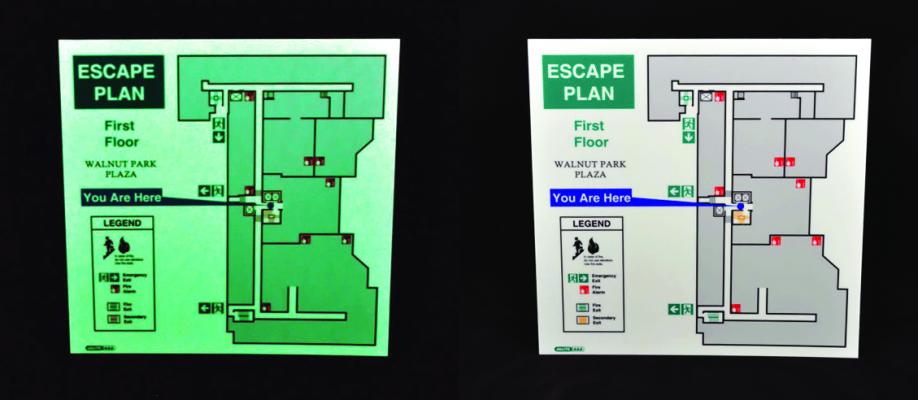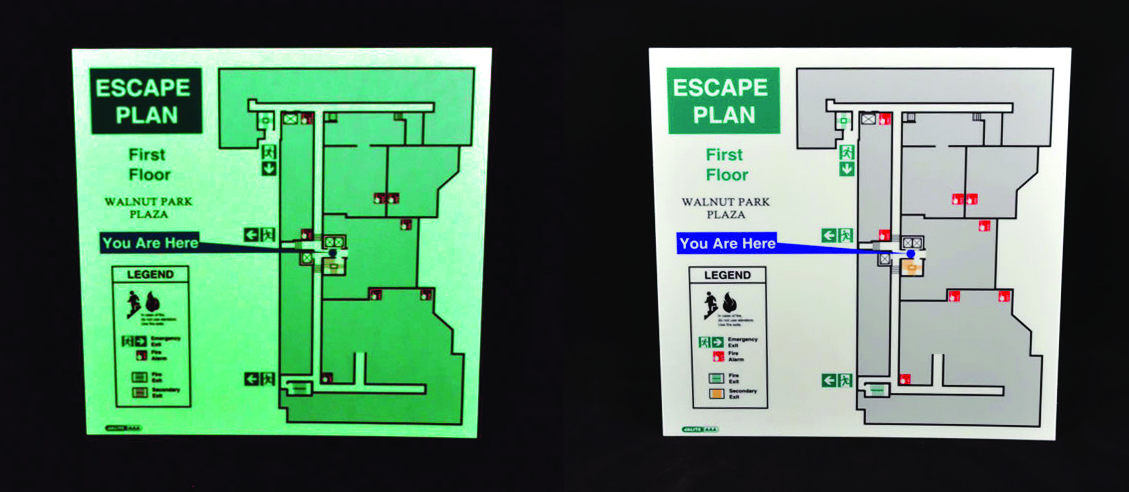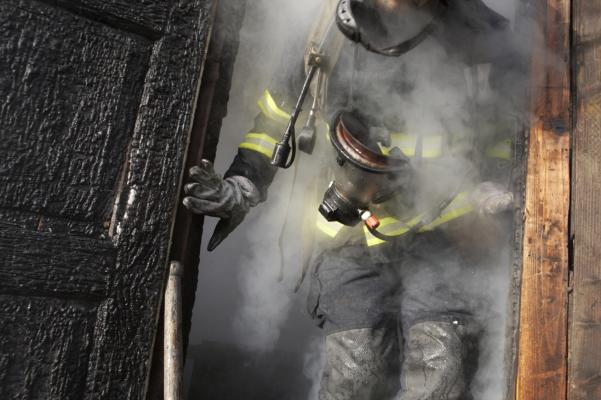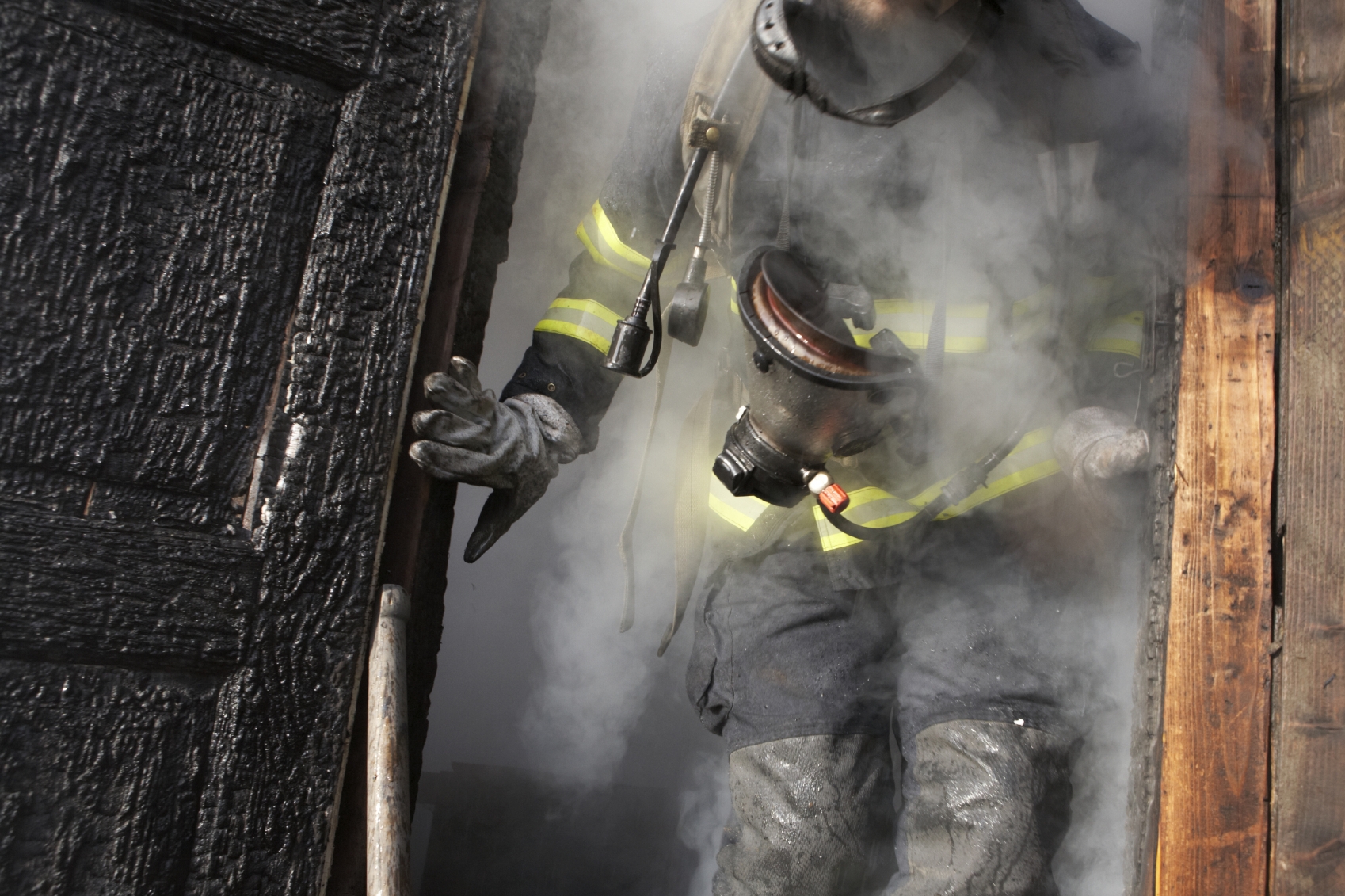|
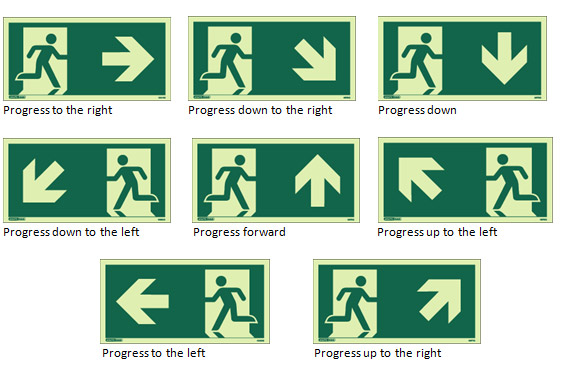
Fire Safety Sign Audit & Review
To provide a visual inspection (up to an hour), whilst on site, of the fire safety signs within an agreed scope that can include
Means of escape route identification signs
Emergency door opening devices signs
Mandatory fire door notices
Fire action notices
Fire fighting equipment location and type identification
Specific hazard identification signs (limitation to be agreed with client, such as mind the step hazards on means of escape route, main electrical intake)
Specific prohibition notices (limitation to be agreed with client, such as do not use the lift in event of fire)
Assembly point location signs
The Audit would look at the provision of fire safety signs expected to be in place for compliance with Legislation and Regulations. This would include the existing signs and making an observation as to whether additional signs would be required. In order to meet the requirements of legislation best practice advice would be given based on the relevant National and/or International Standards relating to the types of signs and their design.
The Audit would be followed up with a short report which can include;
Reference to the particular piece(s) of legislation needed to comply with Relevant Standard/Code of Practice recommendations are based on without going into specifics whether or not their signs will meet current regulations. This could be split into specific types of signs, whether additional signs would be required, whether some existing signs could be removed, including internally illuminated signs to reduce on-going energy consumption, whether or not a full fire safety signs survey would be recommended.
|

